 You can greatly improve your life by working on your body language.
You can greatly improve your life by working on your body language.
Studies have shown that the right body language can help you with all of the following:
- It can help you to connect with others and get your message across more effectively.
- It can communicate confidence and assertiveness.
- The right body postures can make you more persistent.
- Certain body postures can improve your performance.
Small tweaks to your body language done consistently can have a huge impact on the quality of your life. Below you’ll discover seven ways your body language can positively influence your life.
The Victory Stance
Amy Joy Cuddy is an American social psychologist known for her research on nonverbal behavior and the effects of social stimuli on hormone levels, among other things. She delivered a TED.com talk in 2012 titled, “Your Body Language Shapes Who You Are“. Her talk has been viewed over 5 million times and ranks among the fifteen most watched TED Talks.
In her talk Cuddy argues that your body language not only affects how others perceive you, but it also affects your own feelings of confidence and power. For example, a nonverbal expression of power and dominance will not only make others perceive you as being more powerful, it will also make you feel more powerful.
In the animal kingdom, animals express power and dominance by expanding: they make themselves bigger, they stretch out, and they take up more space. That is, it’s about opening up. People do the same thing. Therefore, if there’s a situation coming up for which you want to feel powerful, you can fake it until you make it by adopting a stance in which you stretch yourself out.
Some situations in which you will probably want to feel more powerful are the following:
- You’re going to a job interview (you want to come across as being proactive, assertive, and sure of yourself and your abilities).
- You’re walking into a classroom in which participation is part of your grade (you want to have the confidence to raise your hand and be an active participant in the discussion).
- You’re walking into a business meeting (you want to persuade others to follow your agenda).
Cuddy recommends that before you walk into these situations you find a place where you can have some privacy. Then, hold a victory stance for two minutes. Here’s how to do it:
- Stand up straight;
- Push your shoulders back;
- Widen your stance;
- Hold your head high; and
- Raise your arms up in a “V” shape.
Think of the Rocky statue at the entrance of the Philadelphia Museum of Art (see the image below).
Why does this stance help make us feel more powerful? We know that our minds affect our bodies. However, the opposite is also true: our bodies affect our minds. There are two key hormones when it comes to feeling powerful:
- Testosterone, which is the dominance hormone; and
- Cortisol, which is the stress hormone.
High power alpha males in primate hierarchies have high testosterone levels and low cortisol levels. And this is not just with primates. Powerful and effective leaders also have high testosterone levels and low cortisol levels. That is, they’re powerful and assertive, but not stress-reactive. They can remain calm even during stressful situations.
At the same time, studies have shown that holding the stance described above for two minutes has the effect that you’re looking for: it increases your testosterone levels and it decreases your cortisol levels. That is, it configures your brain to cope in the best way that it possibly can in any given situation.
Three Postures That Will Boost Your Performance
Psychologist Jeremy Dean explains that our body posture affects our mind. This in turn affects how we act. Therefore, if we can get our bodies to affect our minds in positive ways, this can boost our performance. He then goes on to list ten postures which studies show can have a powerful positive impact on our minds.
Here are three of the postures he recommends:
- If you need to increase your willpower, tense up your body muscles.
- If you want to be more persuasive when speaking, use hand gestures. In addition, try to use hand gestures that make what you’re saying more understandable (for example, if you’re referring to the past, point behind you).
- If you’re working on a problem which requires persistence, cross your arms.
You can read about all ten body postures here.
Three Ways to Get a Nonverbal Advantage
Carol Kinsey Goman, Ph.D., is the author of the book, “The Nonverbal Advantage: Secrets and Science of Body Language at Work”. Dr. Goman explains that good nonverbal communication skills are essential in dealing effectively with other people. Here are three of the tips offered by Dr. Goman for using your body language to your advantage:
One. When you’re walking down the street and you suddenly see someone whom you recognize, your eyebrows will automatically move up slightly. This is a response that can be seen across all cultures.
You can use this to your advantage by mimicking this automatic response when meeting someone new. That is, within the first seven seconds of meeting someone, raise your eyebrows slightly. This will make you seem friendly and approachable.
Two. Dr. Goman explains that charisma is simply enthusiasm projected outward through body language. She indicates that if you want to appear charismatic during a meeting, you should think back to a time when there was something that you felt very enthusiastic about.
By identifying with an event in the past during which you were filled with enthusiasm, you’re more likely to project body language which signifies confidence and charisma.
Three. To make a difficult task seem easier, smile. Dr. Goman explains that Charles Garfield, the author of “Peak Performance”, once coached the Russian Olympic weight-lifting team. He noticed that when team members lifted to exhaustion they would grimace.
Garfield decided to conduct an experiment. He encouraged these Russian athletes to smile when they got to the point of exhaustion. Smiling enabled them to add 2-3 more reps to their performance.
Basically, when you grimace you’re sending the following message to your brain: “I can’t do this anymore”. The brain responds to this message by releasing stress chemicals which make the task even more difficult. However, when you smile you send your brain the opposite message:”I’m OK; I can do this”. As a result, your performance improves.
Conclusion
Changing your body language can change the way in which others perceive you, and even the way in which you perceive yourself. In addition, your body postures and facial expressions send signals to your brain to release hormones into your blood stream which affect how you feel and, therefore, how you act. Improve your life by improving your body language.



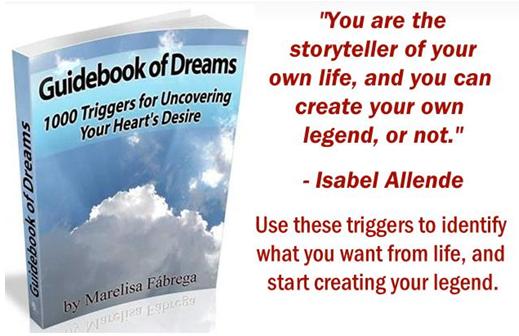
Related Posts:
1. 7 Ways to Supercharge Your Motivation
2. Three Ways to Silence That Pesky Inner Critic
3. Three Superb Exercises For Boosting Your Self-Esteem
4. 50 Self-Esteem Quotes to Give Your Confidence a Boost
Did you enjoy this article? Subscribe to “Daring to Live Fully” by RSS or by email, and get free updates.


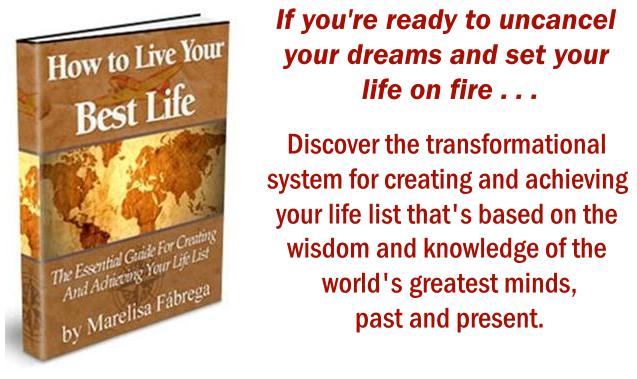
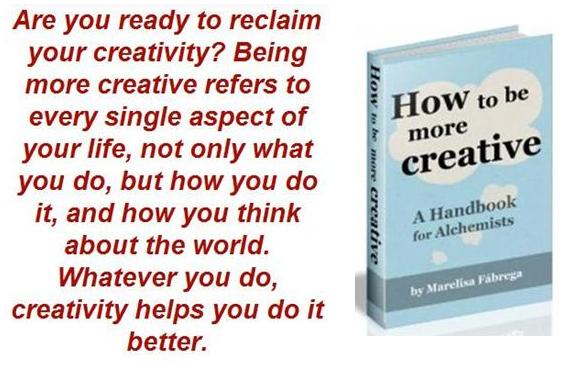
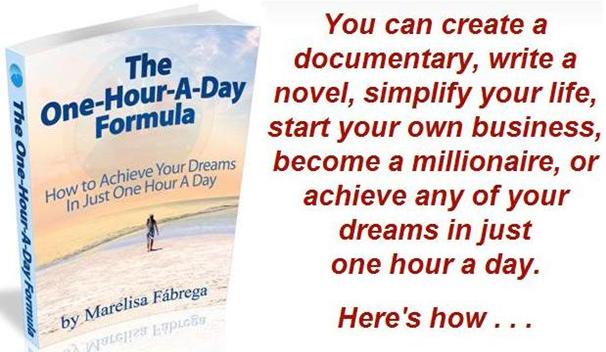
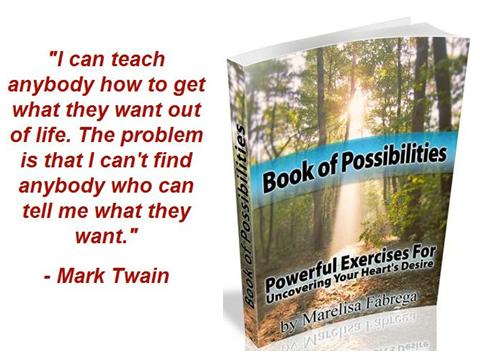

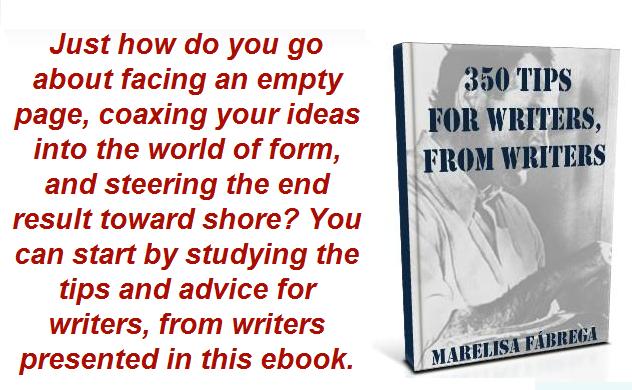


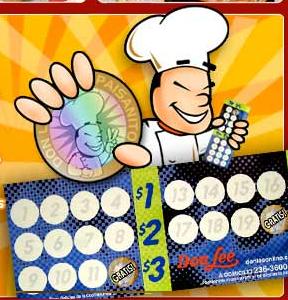








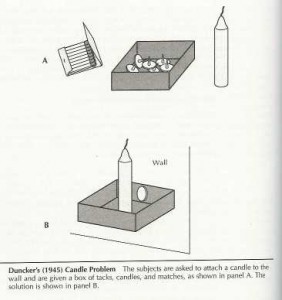


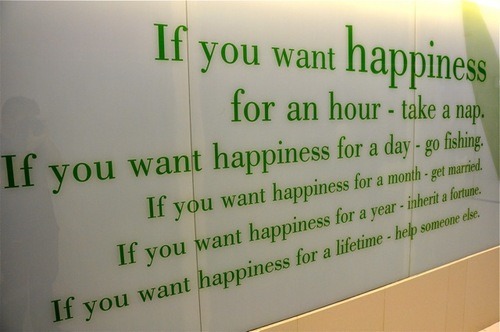


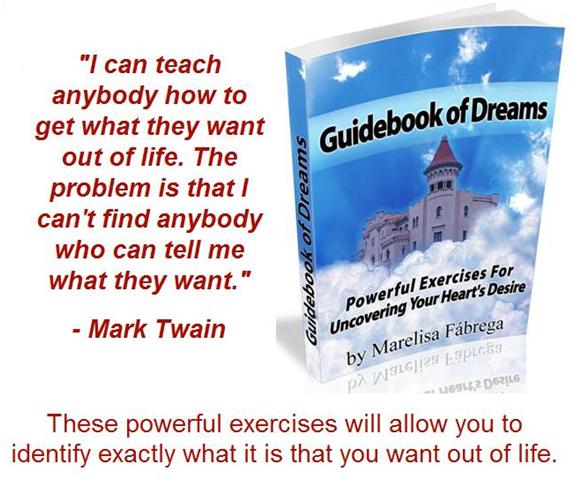



 Marelisa Fabrega is a lawyer and entrepreneur. She holds a Bachelor of Science in Business Administration from Georgetown University in Washington, D.C., as well as a Juris Doctor from the Georgetown University Law Center. You can learn more about her
Marelisa Fabrega is a lawyer and entrepreneur. She holds a Bachelor of Science in Business Administration from Georgetown University in Washington, D.C., as well as a Juris Doctor from the Georgetown University Law Center. You can learn more about her 





